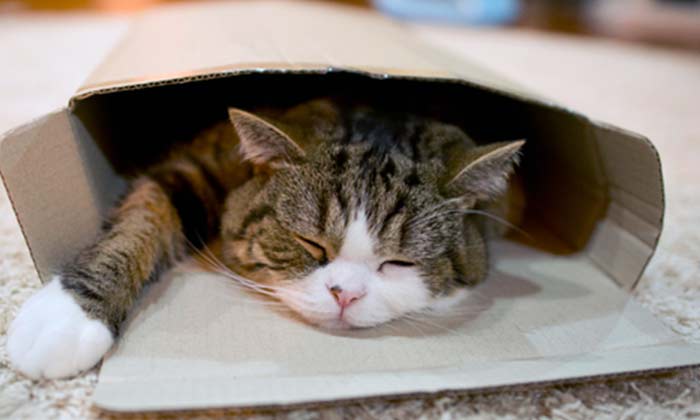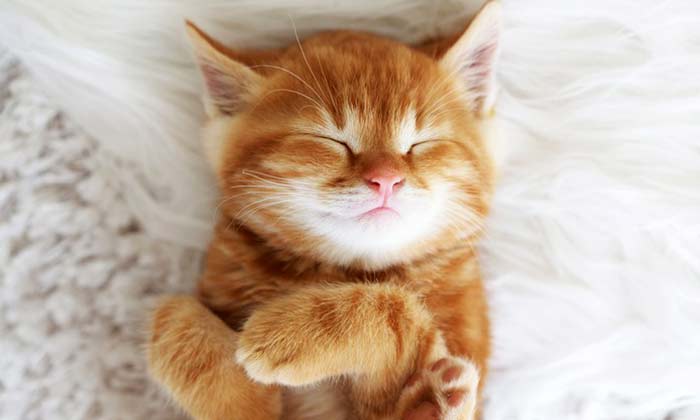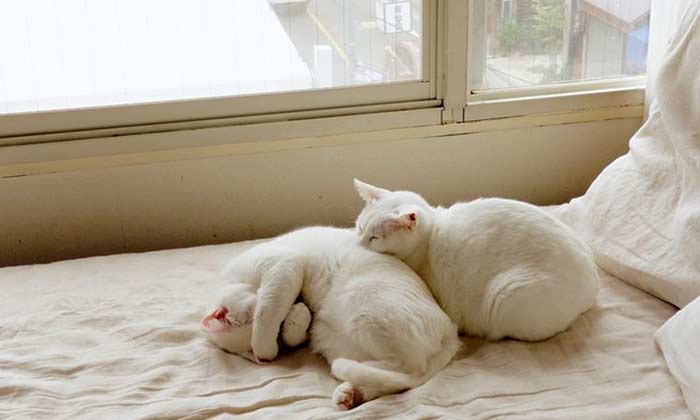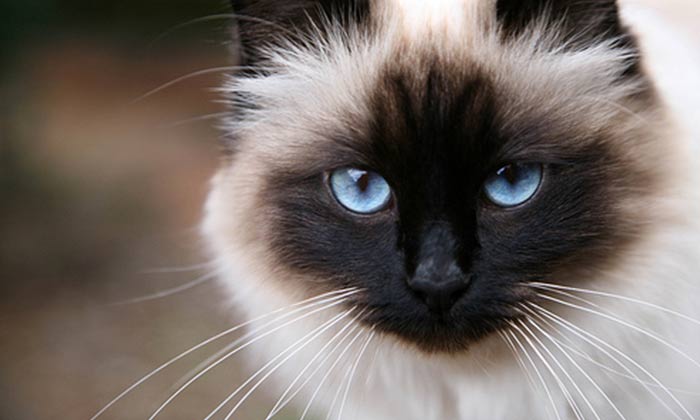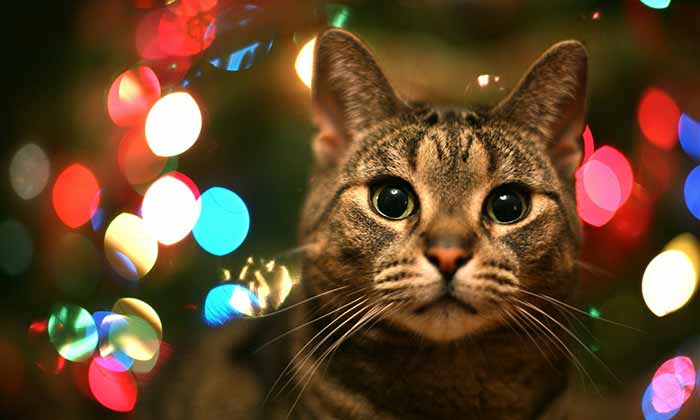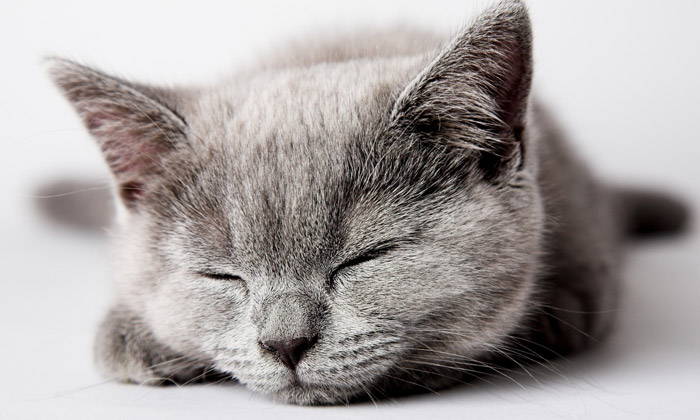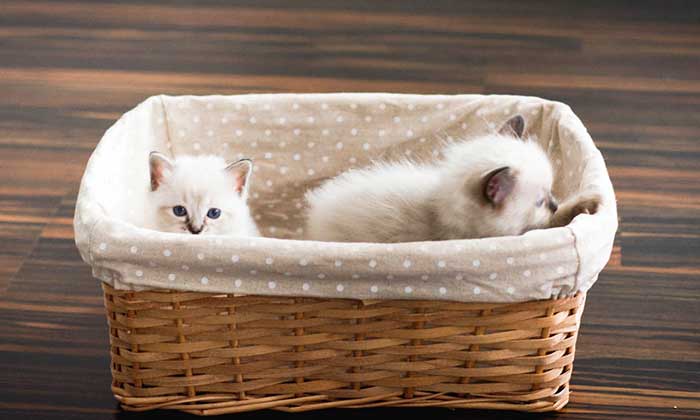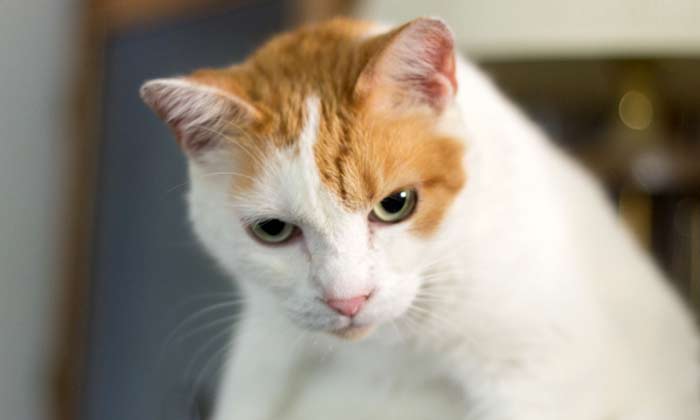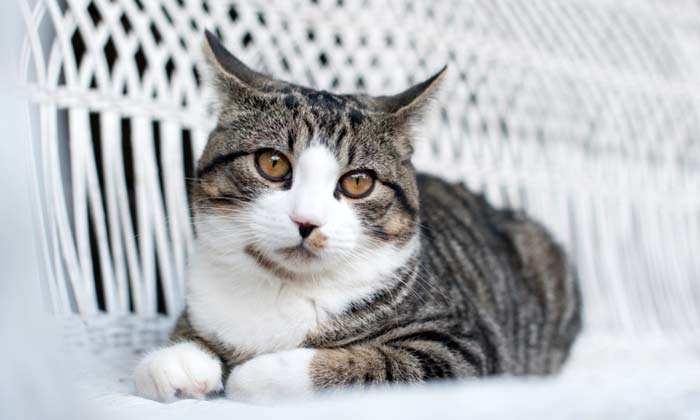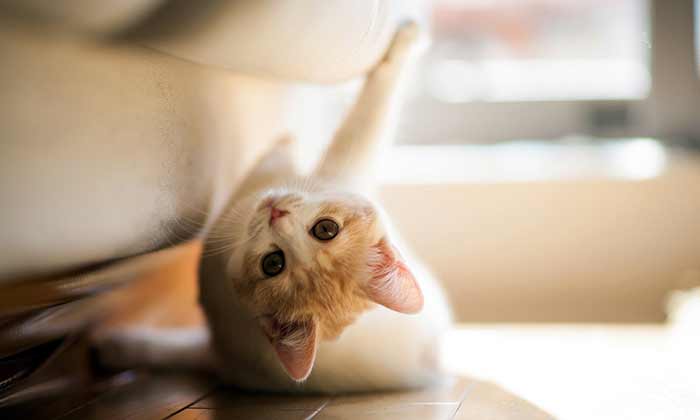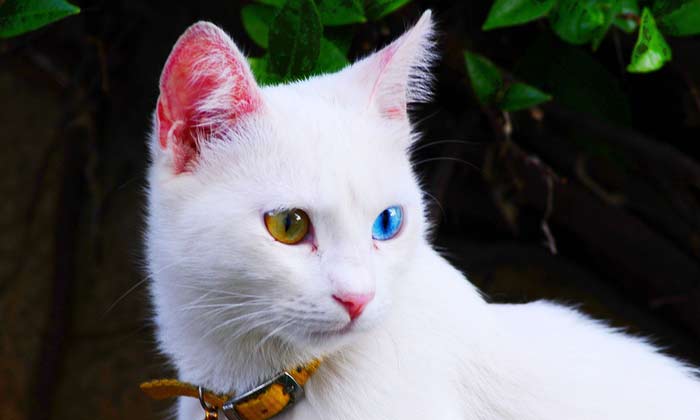Behavior Changes After Cat Anesthesia
Especially after cat anesthesia, your cats are very likely to show strange behaviors. Do not worry, though; you can keep your cat from getting hurt after surgery, by being aware of the potential behaviors of cats after anesthesia.
Except for cat breeders, spaying and neutering are for many an inevitable part of raising cats. This eliminates destructive behaviors such as cat spraying and will prevent your pets from breeding kittens, which can be a pain to raise. Unfortunately, putting your cats through surgery can be quite an uncomfortable experience. Here are some common behaviors that your cats may show after surgical procedures in general.
3 Post Cat Anesthesia Behavioral Changes
Disoriented Cats
 Your kitty may act very tired and dizzy and may also be unfamiliar with you and its surroundings after being anesthetized. The very nature and purpose of cat anesthesia cause these cat behaviors. Anesthesia is composed of three aspects: immobilization, numbing of pain (analgesia), and loss of memory (amnesia). Especially after major surgery, such as neutering or spaying, wherein the patient needs to be in a relaxed mental and physical state, your cat may experience a state of mental delusion. You need not worry, though, as these after-effects of anesthesia on your cat will gradually wear off, and your pet will be back to its spry and loving self. Allow your cat to sleep off the effects of anesthesia, to prevent any further stress.
Your kitty may act very tired and dizzy and may also be unfamiliar with you and its surroundings after being anesthetized. The very nature and purpose of cat anesthesia cause these cat behaviors. Anesthesia is composed of three aspects: immobilization, numbing of pain (analgesia), and loss of memory (amnesia). Especially after major surgery, such as neutering or spaying, wherein the patient needs to be in a relaxed mental and physical state, your cat may experience a state of mental delusion. You need not worry, though, as these after-effects of anesthesia on your cat will gradually wear off, and your pet will be back to its spry and loving self. Allow your cat to sleep off the effects of anesthesia, to prevent any further stress.
Aggression and defensiveness
As soon as you came home after surgery, did your cat show aggressive behavior towards you or your other members of the household? This may be because of the stress your cat underwent during and after surgery. Note that cats identify threats through scent. The smell of the vet clinic and the medications may still linger on him or her, causing distress to your cat or any others you may have inside your house. To prevent any anesthesia-induced fights among your cats, keep them off each other for a while, until your cat recovers from the haze. You can then reintroduce the cat to the household little by little. A good way to do so is rubbing a small piece of cloth, like a clean sock, on the cats you left at home. Once you bring your cat home, rub the cloth all over him or her to put the scent back and establish familiarity.
Worrisome behaviors
Your cat may experience some lingering side effects of anesthesia. Typically, cats release anesthesia by exhaling or excreting them. However, if your cat does not seem to have recovered from the medication after one or two days, he or she may be going through anesthetic-related problems. Furthermore, if your cat exhibits pain-related behavior, such as aggression, depression or withdrawal for extended periods of time, see your vet for additional painkillers or direction.
Watch out for these Cat Behaviors after Cat Anesthesia
The first two behaviors of cats after anesthesia are quite typical. To prevent any untoward behaviors or stress, pay heed to the precautions of your vet. Furthermore, the recovery time of cats to anesthesia varies from cat to cat. Do not force your cat to resume to its normal behavior right after surgery.

